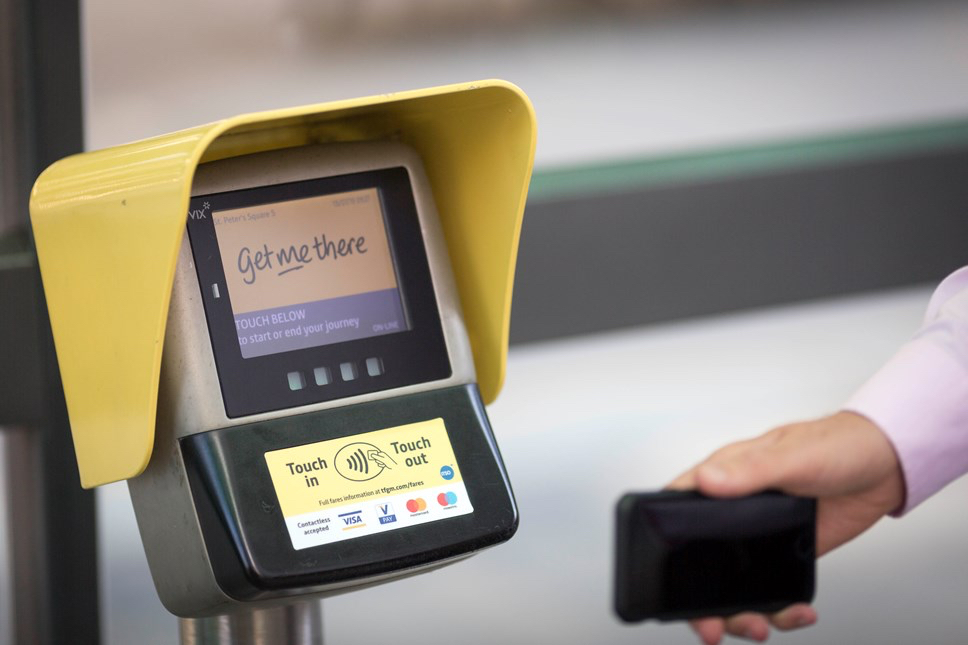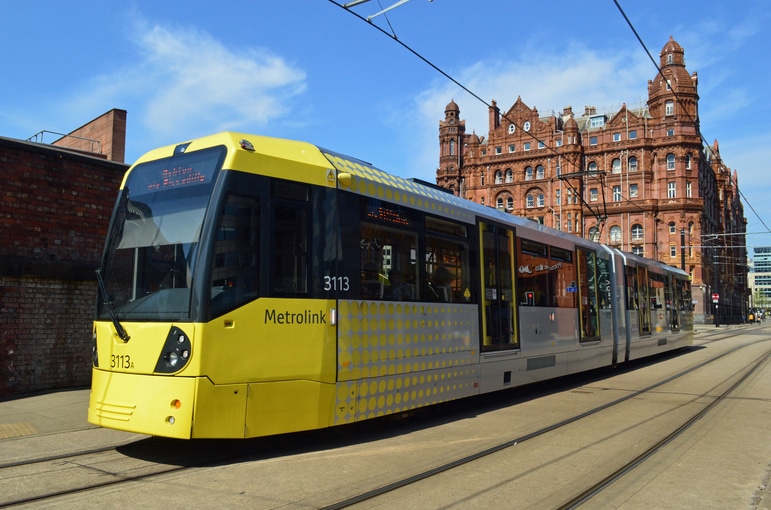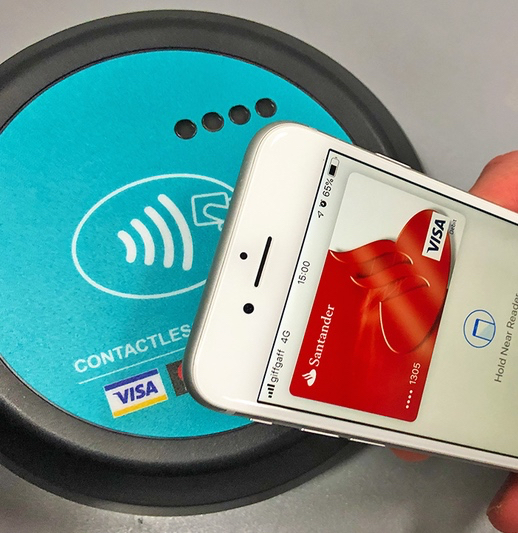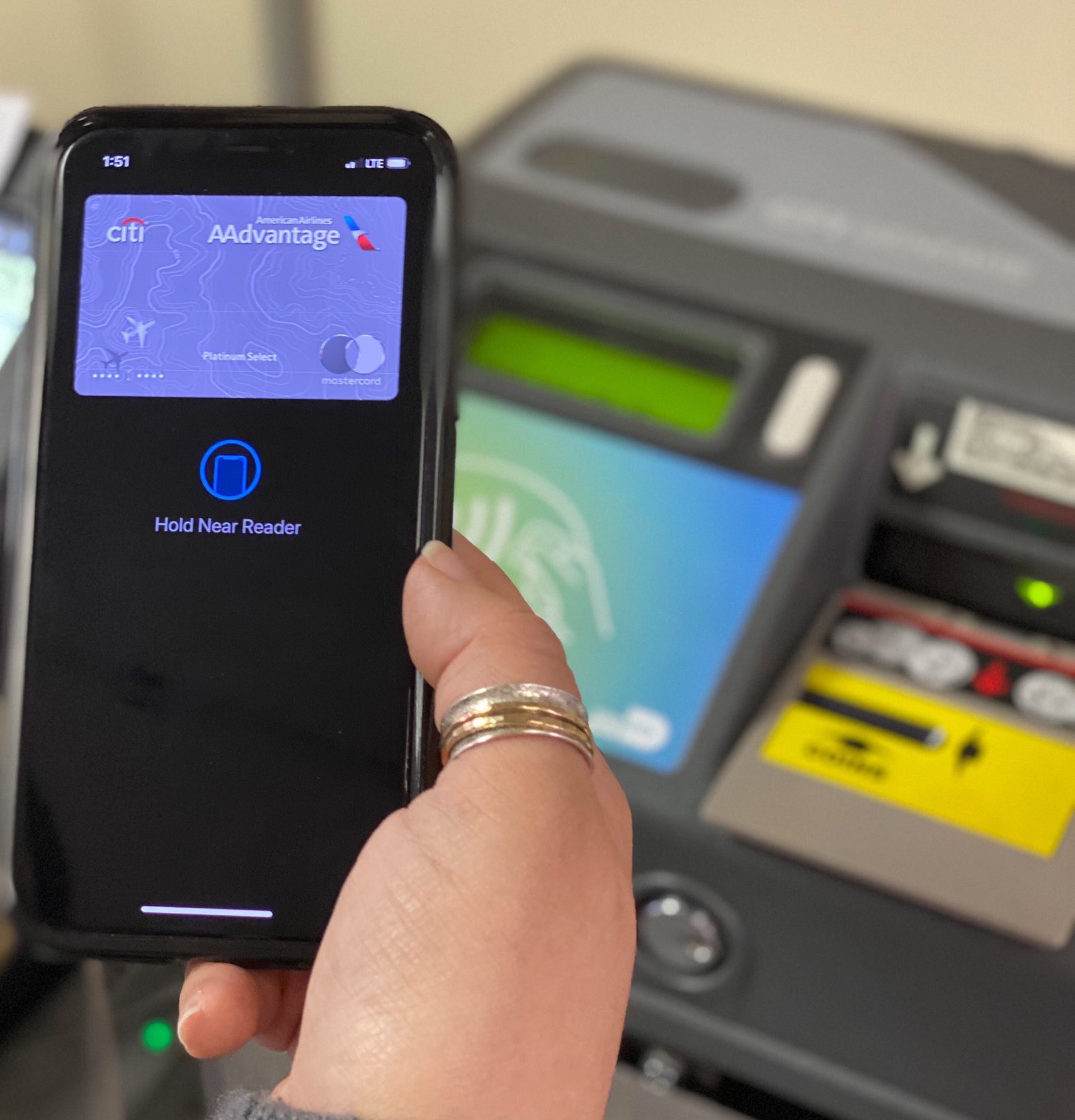
Article Highlights
Contactless open-loop payments got off to a fairly fast start for Transport for Greater Manchester and its Metrolink tram service after the service launch in July 2019, especially the percentage of contactless transactions from NFC wallets.
Of the 170,000 rides paid for with contactless between July 15 and Aug. 11 (2019), 82.2% were from contactless EMV cards, 17.4% from NFC smartphones and 0.4% from NFC smartwatches. The NFC phones and watches are linked to wallets from the major Pays services, such as Apple Pay, Google Pay and such wearables only services as Fitbit Pay and Garmin Pay.
• Transport for Greater Manchester
• Transport for London
Transport for Greater Manchester, which last month launched open-loop payments on its large Metrolink tram network, said Thursday that contactless credit and debit cards and NFC wallets accounted for a combined 170,000 rides during the first four weeks of the service.





















